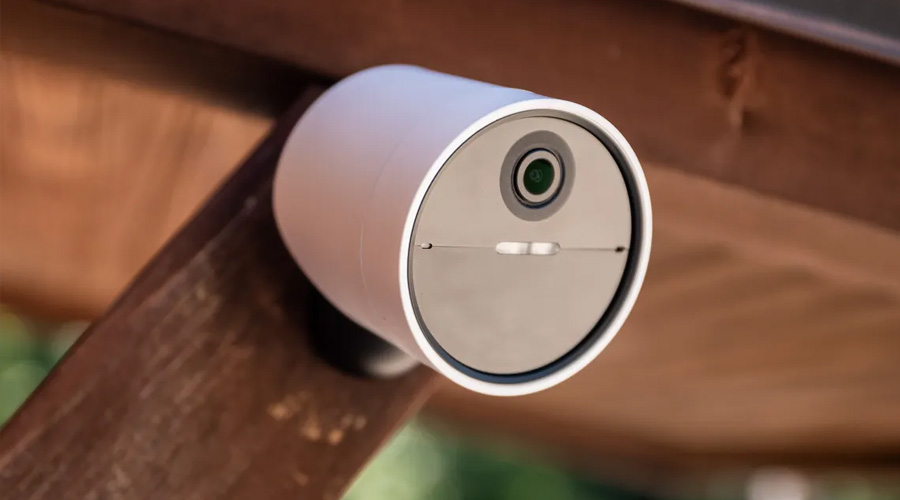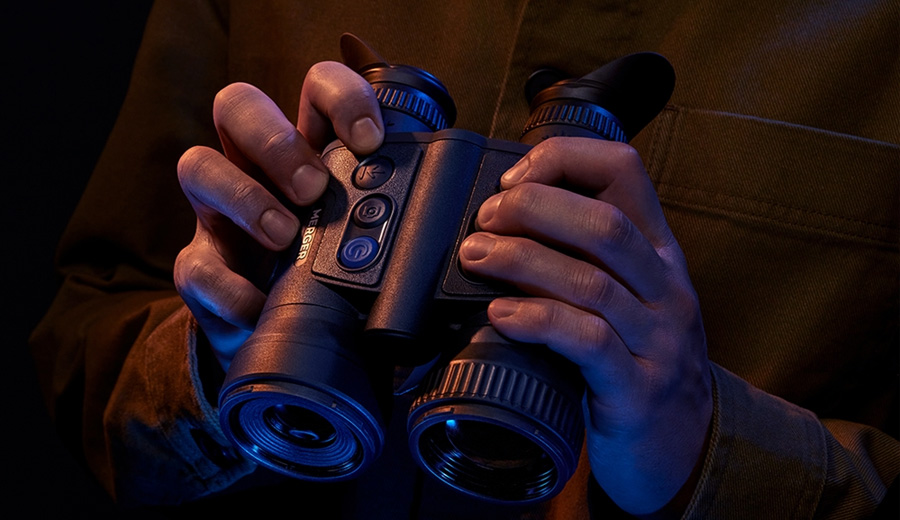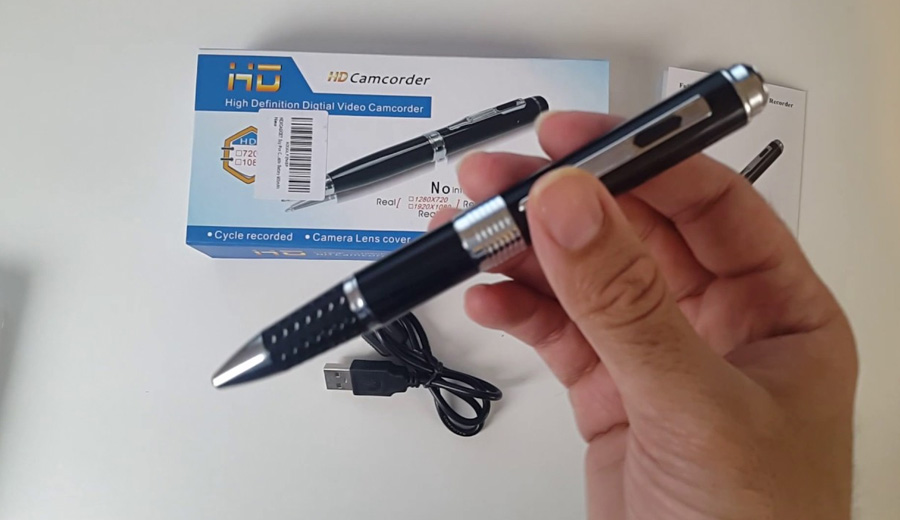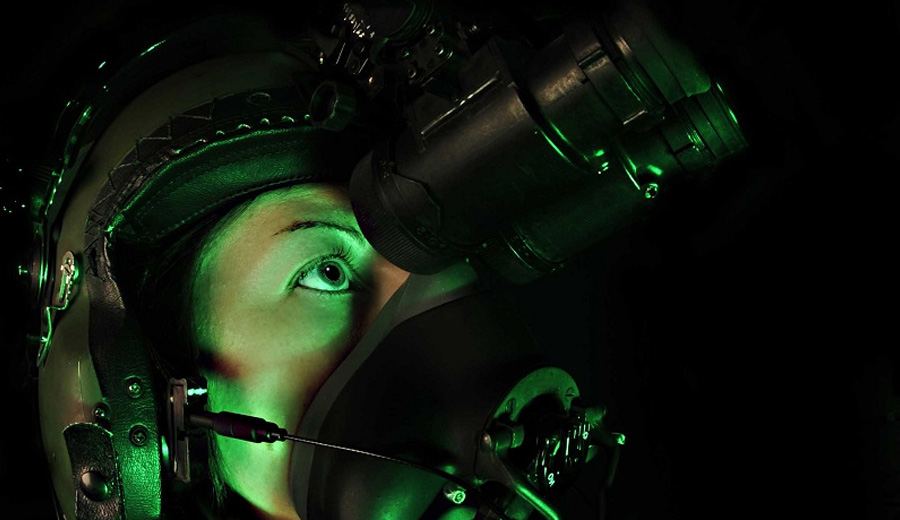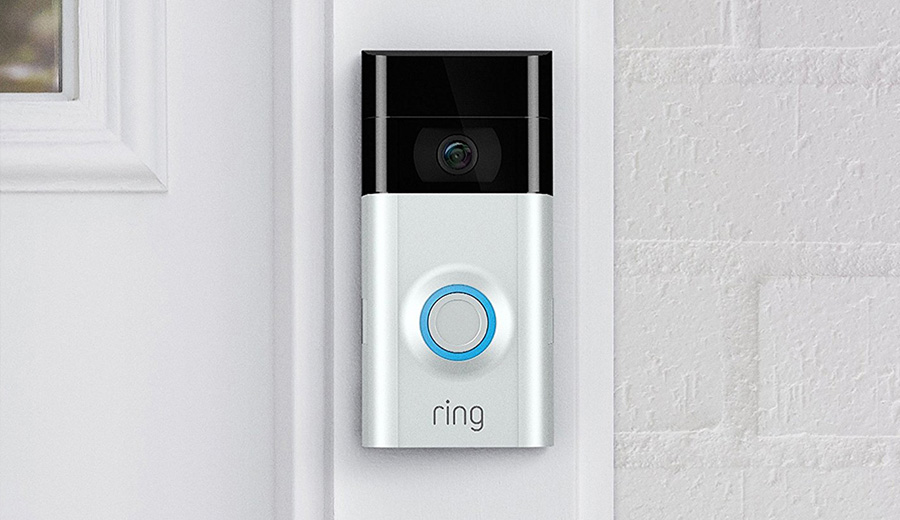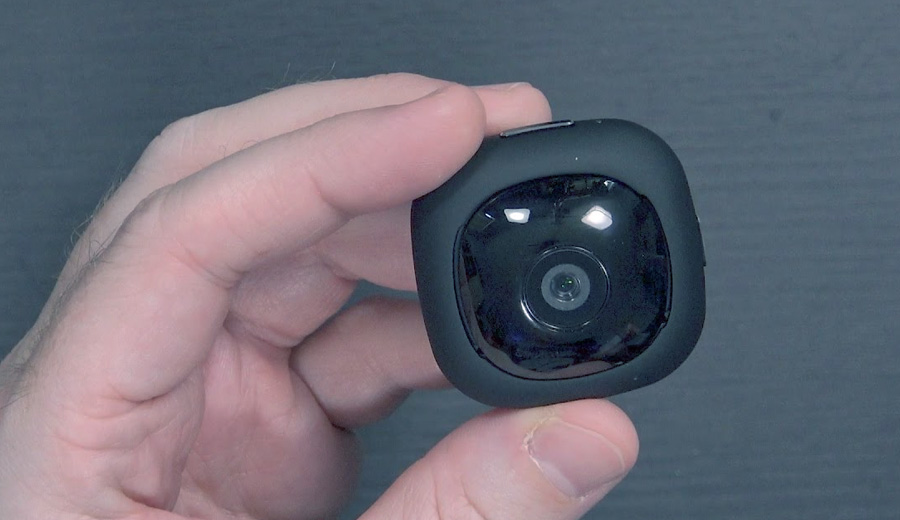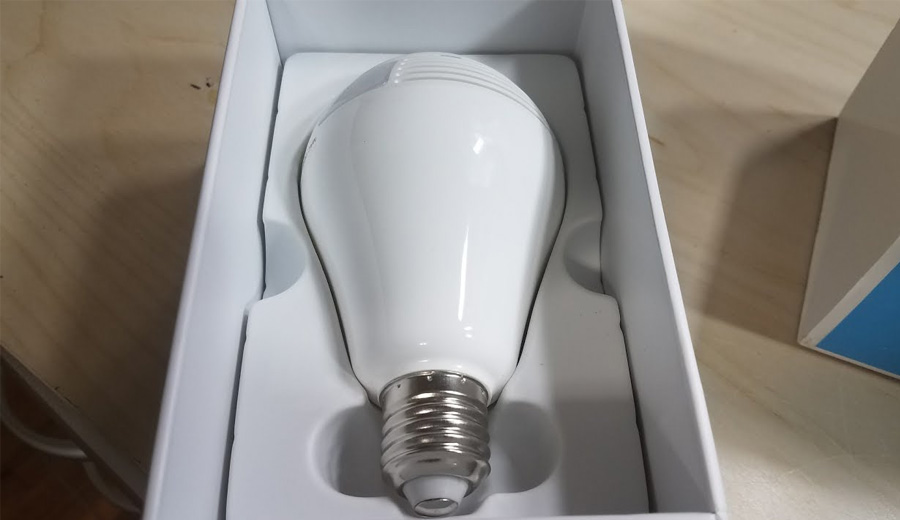In modern times, security cameras have gotten very popular not just in business environment, but also for general public. Why not use this public and criminal awareness of security cameras to your advantage, while saving money?
Dummy cameras may be exactly what you’re looking for. These fake items look like real spy cameras, but they don’t work like real cameras at all.
This article will introduce you to dummy cameras, we’ll discuss what fake cameras do, how they work and when we should use them. It also covers some good places where these “pretend devices” can be set up. We’ll also look at the different fake camera options out there in the shops.
What are Dummy Cameras?
Let’s start from the beginning. In case you’ve never heard of these things. Fake cameras, also called dummy or pretend cameras, are not real security cams.
They’re fake models that look like the true ones, except they don’t work. These devices are made very carefully to look like real security cameras, in some models even with blinking lights.
They scare off people trying to cause trouble, potential burglars trying to invade your property. They may not have the tech skills like real cameras, but their job is to simply deter people who might do wrong just by being there.
How do Dummy Cameras Work?
It’s pretty simple when it comes to the functionality of fake cameras. They just do their job without any technical interior. But if you have these fake ones, they will help stop crimes and make people feel safer in public places like parks or schools.
They can also be placed in homes when you are away to make sure that everything stays safe and burglars won’t break in. So instead of using fancy cameras that may cost quite a fortune, these devices, like fake shells with a lens and casing, copy the appearance of real spy cameras.
Some fake cameras might have a blinking LED light to make them look more real. When the LED is turned on, it makes people believe there’s a camera working.
The psychology behind dummy cameras lies in the assumption of actual surveillance. When someone thinks they are being seen, they are less likely to engage in illegal activity. So, having fake cameras helps keep property safer while simultaneously saving money in your pocket.
Types of Dummy Cameras
Traditional Dummy Cameras: These copies look very similar to regular watch-over cameras and often it’s hard to tell those apart. Often, they have a lens, container and sometimes a blinking light that’s always on.
Dome Dummy Cameras: These objects look like dome cams and are often found in business offices. The see-through bubble gives the fake camera a more real feel.
Wireless Dummy Cameras: These cameras might not work but they look like wireless security cameras from the outside. Frequently, they are used in places were putting up wires is really hard or expensive.
Pan-and-Tilt Dummy Cameras: These copies imitate the movement skills of real PTZ cameras. They create quite convincing illusion of pretending that actual camera is setup to monitor the area.
Solar-Powered Dummy Cameras: These fake cameras carry a little solar panel and look like solar-powered security cameras. And they look quite believable.
What are Dummy Cameras Used For?
Fake cameras have a use in many places where a visible warning is thought to be needed. Their existence might stop crime and damage in some cases, except they don’t really function and can’t record anything. Common uses of dummy cameras include:
- Home Security: A lot of people put fake cameras at home to make it look like the place is watched. This stops thieves and sus neighbors who sneak around from coming in. This saves you a lot of money if we’re talking about multi-camera setup.
- Retail Spaces: Small businesses that don’t have much money to spend, often use fake cameras. They do this to make it seem like they have high security everywhere. This can possibly help lower theft.
- Parking Lots: Dummy cameras can be cleverly put in parking areas to stop stealing cars and damages. Often, the sight of being watched is enough to stop people from doing bad things.
- Industrial Facilities: In bigger factories where security systems can be costly, fake cameras can be a low-cost way to make the safety better. They can deter employees from stealing equipment or misbehaving in the workplace.
- Public Spaces: Cities, parks, streets, concerts, public places in general, can put up fake cameras to stop bad behavior and make everyone feel safer.
In What Places Can You Use Decoy Cameras?
Dummy cameras can be used in many different places. They are versatile and that’s why they’re chosen often. But, their ability to do a good job depends on being in the right place and making people believe they are real. Some suitable locations for dummy cameras include:
Entrances and Exits: Putting fake cameras near doors and windows makes people think they are being watched everywhere and does a good job of scaring them away.
High-Traffic Areas: Putting fake cameras in places where many people go or a lot of action happens can make them more successful at stopping someone from wrongdoing.
Blind Spots: Places that don’t have much visibility or surveillance coverage can be helped by using fake cameras. This makes it look like the area is safer than it really is.
Who Benefits from Dummy Cameras?
Various individuals and entities can benefit from the deployment of dummy cameras:
- Homeowners: People looking for a cheap way to protect their homes, without spending lots on cameras, can use fake cameras.
- Small Businesses: Businesses with small budgets can use dummy cameras to give the idea of strong security. This can help stop stealing and taking things from stores without permission.
- Property Managers: The people who handle properties, homes or businesses, can use fake cameras to improve the look of safety on the site.
- Municipalities: In public areas, fake cameras bought by city councils and local leaders can improve safety and make bad actions occur less often.
- Event Organizers: Fake cameras can help stop bad behavior and increase security at events and meetings. They can stop people from being rude and make things safer.
Conclusion
To sum it up, fake cameras are very important for making security better by using the psychological effects on potential criminals or vandals.
Though they don’t really work, their low cost and ability to scare away possible bad guys make them very useful for people who want more safety at home or in public spaces like shops.
Knowing the different kinds of fake cameras and their right uses can help people make smart choices when considering these decoy devices for their security needs.

